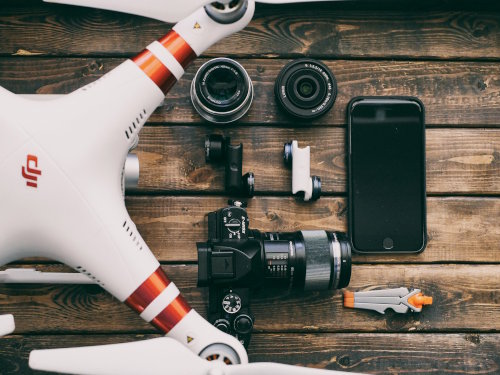Extended Warranties
Extended warranties, also called service plans, are generally a waste of money. It’s insurance that pays to repair or replace a device or appliance you buy within a limited time. Businesses push them heavily because they make a lot of money selling them, but you can keep the money in your own pocket by selling yourself your own extended warranties.
5 Reasons Why You Should Never Purchase an Extended Warranty

Just in case you’re tempted to buy an extended warranty, here are five reasons not to:
- The manufacturer’s warranty might be sufficient: Almost all products include a one-year manufacturer’s warranty and the majority of breakdowns will happen during this time. Major breakdowns from wear and tear usually do not occur until long after an extended warranty has expired.
- Repairs are rare: Consumer Reports has done studies on the repair rates of electronics and appliances that range from about 5 to 35% so—more often than not—an extended warranty is just flushing money down the toilet.
- Extended warranties have small print: You might think that extended warranties cover every conceivable problem but they typically include fine print and the coverage may not be as comprehensive as you think. The only thing worse than buying an extended warranty is to buy an extended warranty then not be able to use it!
- Consumer products depreciate: When you buy something new, it’s shiny and clean and you pay a premium for that. From the day you take the item home, it loses value so you may be insuring a product worth considerably less than what you paid for it. The money you save by not buying the extended warranty could instead go towards buying a replacement.
- Credit cards may offer better protection: Many credit cards offer twice the manufacturer’s warranty—at no additional cost! Check the small print on your credit cards to see what sort of warranty options they provide and pick the best option. The interest rate on credit cards will negate any money you would otherwise save, however, so pay off that bill promptly before any interest is charged.
Consider if you can afford to pay for a major repair or replacement out-of-pocket. If the answer is no, an extended warranty might provide an extra layer of security you need—especially if it’s required as part of your job and generates income. But otherwise, you are probably better off self-insuring and skipping the extended warranty.
How to Self-Insure Extended Warranties

One of the most important jobs an insurance writer does is calculate the risk that clients will file a claim and how much those claims will cost so they can price the policy correctly. For instance, if the average policy has a claim 10% of the time and the average repair or replacement cost is $100, then the insurance company needs to collect $10 ($100 × 10%) to break even. To self-insure, you would do the same.
Internet searches are great for locating this sort of information. You can get a sense of how much repairs typically cost by finding people who complain about it online. I also like Consumer Reports, but if you do not want to pay for a subscription, check your local library.
So you could do this—but the big companies have already done the work for you! You can just duplicate the policy they wanted you to buy. For most small electronics, I get an offer that is 10% of the purchase price and will cover more-or-less any accidental damage for up to two years. If I buy a $100 camera, the extended warranty will be $10. If the company writing the policy thinks they can make money from it, it’s a good starting point for your own policies.
But you have information that the insurance company does not: how you will use the product. I typically do not buy an extended warranty, but I make an exception for a particular point-and-shoot camera that I often use. I use it on long backpacking trips such as thru-hiking the 2,184-mile Appalachian Trail, and I use it a lot! I took over 20,000 photos during my AT thru-hike: through rain, through snow, through dust, through humidity—the camera is going to get a beating. I estimate that the chances of it breaking within two years... conservatively, maybe 50%. The insurance company doesn’t know this, however, and will still write me policy that, over time, will almost certainly lose them money—and I'm perfectly happy to take it!
But for most devices and appliances, my usage is probably average so I just duplicate the policy the insurance company was willing to write.
If the device breaks before my self-insurance policy expires, first I’ll try to get the manufacturer’s warranty to cover the damage. If that does not work, then I’ll use the extended warranty available from the credit card I used. And finally, if that doesn’t cover the loss, I’ll pay for it out of my own float.
If the device breaks after my policy expires...I’m still on the hook for it—but the money to pay for repairs or replacement will come from out-of-pocket rather than my float.
